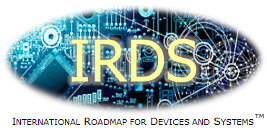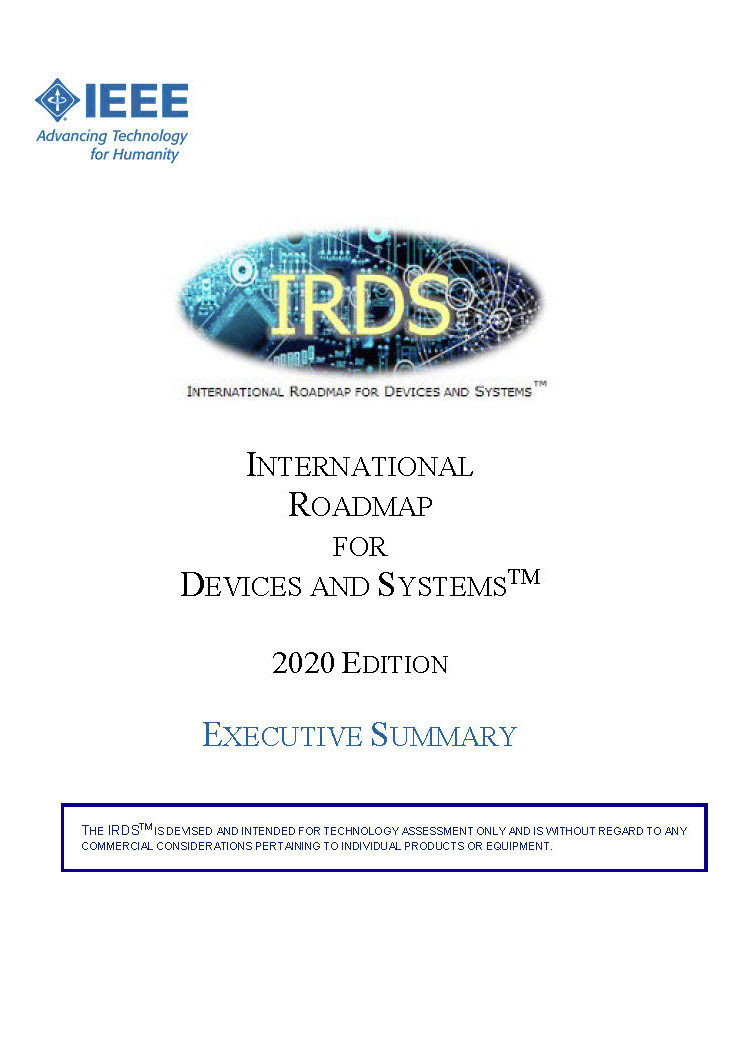Semiconductor Materials
Semiconducting materials range in price and availability from abundant silicon to expensive rare earth elements (REEs). Solar cells, field-effect transistors, IoT sensors, and self-driving car circuits all require semiconductor materials to function. The modern world quite literally owes its existence to semiconductors and the materials used in their manufacture.
As existing semiconductor materials reach their physical limitations, new materials are poised to take their place. The market for these materials, coupled with new semiconductor applications, is changing manufacturing and material procurement throughout the industry.
Types of semiconductor materials
To understand the changing nature of semiconductor manufacturing, it’s necessary to understand existing semiconductor materials and how their makeup affects electronic devices. Industry news offers the latest on material prices and research but tends to assume an awareness of current material properties and limitations.
What are the most used semiconductor materials?
The most used semiconductor materials are silicon, germanium, and gallium arsenide. Of the three, germanium was one of the earliest semiconductor materials used. Germanium has four valence electrons, which are electrons located on the outer shell of the atom.
The number of valence electrons in a semiconductor material determines its conductivity. While an important step in the evolution of semiconductor materials, germanium has largely fallen into disuse in favor of the current king of semiconductor materials—silicon.
Silicon has seen extensive use as a semiconductor material since the 1950s. The most abundant element on earth after carbon, silicon has four valence electrons and melts at a higher temperature than germanium (1,414 degrees Celsius in comparison to germanium’s 938.3 degrees Celsius).
Silicon is abundantly available in quartzite. Extraction, purification, and crystallization processes for silicon are both efficient and economical. The element crystallizes in a diamond form for a relatively robust bond, giving silicon crystals strong mechanical properties.
Gallium arsenide is the second most common semiconductor in use today. Unlike silicon and germanium, gallium arsenide is a compound, not an element, and is made by combining gallium, with its three valence electrons, with arsenic, which has five valence electrons.
Eight valence electrons make gallium-arsenide devices respond quickly to electric signals, making the compound well suited for amplifying the high-frequency signals seen in television satellites. Gallium arsenide has some limitations, however: the compound is more difficult to manufacture en masse than silicon, and the chemicals used in gallium arsenide production are quite toxic.
What are the most effective semiconductor materials?
In addition to gallium arsenide, the compound silicon dioxide has characteristics superior to silicon, allowing it to be used as an insulator, passivation layer, and a building layer in metal-oxide silicon (MOS) devices, a type of insulated-gate field-effect transistor. Silicon dioxide has a high dielectric strength and wider band gap than silicon, making it an effective insulator, and the compound is easily deposited on other materials.
What are some of the newest innovations in semiconductor materials?
While the most important material in semiconducting manufacture for most of the late twentieth and early twenty-first centuries, silicon is reaching the limit of its usefulness. Demands for ever-smaller, faster integrated circuits have pushed the material’s efficiency about as far as it can go, with industry experts fearing silicon will soon reach the limits of Moore’s Law. Research into new materials is ongoing, with some materials holding great promise for the future:
- High-power gallium nitride could be used for more efficient, faster power conversions in electric grid systems due to its high critical energy field.
- Antimonide-based and bismuthide-based semiconductors are seeing use in improved infrared sensors for the medical and military sectors.
- Graphene has the potential to surpass silicon as an all-purpose semiconductor material, but widespread commercialization could be as long as twenty-five years away.
- Pyrite could be used to replace the rare earth element cadmium telluride, which is widely used in solar cells but which has a limited supply. Pyrite is abundant, inexpensive, and nontoxic.
Read more about semiconductor materials in the IRDS™ Roadmap
Properties of semiconductor materials
Semiconductor materials have specific characteristics related to electrical conductivity. The future of semiconductors depends on whether new materials with these characteristics can be mass produced at a cost similar to that of silicon.
What are the distinguishing characteristics of semiconductor materials?
Materials that allow electrical conductivity are, naturally enough, called conductors. Examples include gold, silver, and copper. Insulators, on the other hand, have high resistance and prevent electrical conductivity. Rubber, glass, and ceramics are insulators.
Semiconductors, as the name implies, possess characteristics of both conductors and insulators. Usually crystalline in form, semiconductors have low numbers of free electrons, which are needed for conductivity. Instead, their atoms group together to form a crystal lattice through which electrical conductivity is possible, but only under the right conditions.
At low temperatures, semiconductors allow little or no conductivity and act as insulators. At room temperature or when exposed to light, voltage, or heat, however, they can conduct electricity. It is this quasi state between conductors and insulators that makes semiconductors so important to electronic devices, as they control how, when, and where electricity flows.
How do semiconductors work?
Metals conduct electricity because their free electrons can move freely between atoms, as electricity requires a flow of electrons from one atom to another. Semiconductors like pure silicon have few free electrons and act more like insulators.
Silicon behavior can be nudged toward conductivity through a process called doping. Doping mixes tiny impurities into the semiconductor materials. The impurities add “donor atoms” to the base material, encouraging conductivity. The amount of impurities added to semiconductor materials is minuscule—as little as one donor atom per ten million semiconductor atoms—but sufficient enough to allow electrical conductivity.
Two categories of impurities are used, N-type and P-type:
- N-type semiconductors include phosphorus or arsenic. Both substances have five valence electrons. When added to the silicon lattice, one of the doping electrons has nothing to bond to, so it is available to allow electrical flow. Electrons have negative charges, so these semiconductors are called N-type semiconductors.
- P-type semiconductors are “doped” with boron or gallium. The two doping elements have only three valence electrons. When they mix with the silicon lattice, a few silicon electrons have nothing to bond to, allowing electrical conductivity. The lack of an electron creates a positive charge, so silicon doped with boron or gallium is called a P-type semiconductor.
How are semiconductor materials manufactured?
When integrated circuits are manufactured, circuit components such as transistors and wiring are deposited on the surface of a thin silicon crystal wafer. The thin component film is then coated with a photo-resistant substance, onto which the circuit pattern is projected using photolithography technology.
This results in a single circuit layer, with transistors on the lowest level. The process is then repeated with many circuits formed on top of one another and the semiconductor base.
Read more about semiconductor materials in the IRDS™ Roadmap
Applications of semiconductor materials
Semiconductor manufacturing provides the foundational hardware for almost all electronic devices. It is used for amplification of energy, switching, energy conversion, sensors, and more.
What products are usually made from semiconductor materials?
Common products and components built with semiconductor materials include the following:
- bipolar transistors
- diodes
- field-effect transistors
- integrated circuits
- junction field-effect transistor
- Light-emitting diodes (LEDs)
- metal-oxide semiconductor field-effect transistors (MOSFETs)
- silicon-controlled rectifiers
What industries use semiconductor materials the most?
Semiconductor materials are an essential component of electronic devices, making them vital for almost all major industries. Globally, over one hundred billion semiconductors see daily use.
Sectors that are especially reliant on semiconductor materials include the following:
- artificial intelligence
- clean energy
- communication
- computing
- energy
- health care
- Internet of Things
- military
Read more about semiconductor materials in the IRDS™ Roadmap
Semiconductor materials market
With almost all industrial sectors reliant on electronic devices, the semiconductor market is relatively stable. The materials required for initial production to semiconductor packaging range in expense from readily available silicon and ceramic to costly rare earth metals.
How is the global semiconductor materials market performing?
The market for semiconductor materials reached over $50 billion in 2018 and is forecast to reach a value of more than $70 billion by the end of 2025. The projected CAGR for between 2018 and 2025 is estimated at 4.32 percent.
What makes semiconductor materials so valuable?
While some semiconductor materials are both cheap and abundant—silicon being the most obvious example—the REE used in the production of high-κ dielectrics and chemical-mechanical polishing can be costly.
Several factors contribute to REE value. The processes required to separate REEs from the rock in which they are found are both difficult and costly, requiring thousands of stages to extract and purify the finished material.
The difficulty of extracting REEs from raw materials has led many mining companies to choose not to pursue REE profits. China is one of the few nations to focus on REE mining and refining, resulting in the nation producing 85 percent of the world’s supply of tungsten and molybdenum.
China’s stranglehold on REE production allows it to not only set prices but also wield the valuable semiconductor material as a political weapon. In 2010 China cut off all sales of REEs to Japan due to a dispute over Japan’s detention of a Chinese fishing captain. Whether China will choose to use REE exports during the ongoing US-Sino trade war is a concern.
How are semiconductor materials recycled and reclaimed?
Given the value of some semiconductor materials, recycling and reclamation of valuable REE and other substances are options. At present, recycling REEs sees the most success when dealing with large-scale semiconductor products, such as solar cells, automobile catalysts, and wind turbine magnets. REEs are also reclaimed from batteries.
Recycling of smaller semiconductor materials is financially problematic, given the small amount of material reclaimed from individual products, such as smartphones. Recycling semiconductor materials is also not without its own environmental costs: the process results in significant waste and the emission of numerous toxic pollutants. Ethical considerations are also a concern, with many used semiconductor products winding up in third-world e-waste recycling facilities known for exploiting child labor.
The most obvious way to reduce REE costs is for countries other than China to begin mining and refining their own REE deposits (despite their name, REEs are spread evenly over the earth, although this makes it difficult to find large deposits in one place). As Communications of the ACM notes, however, this requires a willingness to invest in developing cost-efficient mining, extraction, and refining processes.
Interested in learning more about semiconductor materials? Consider reading the International Roadmap for Devices and Systems (IRDS™). The IRDS™ is a set of predictions that examine the future of the electronics, semiconductor, and computer industries over a fifteen-year horizon. It encompasses a number of critical domains and technologies, from application needs down through devices and manufacturing. Join the IRDS™ Technical Community to download the roadmap and stay informed of our latest activities.


